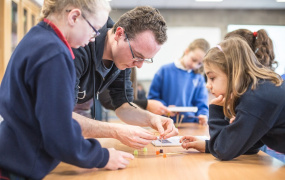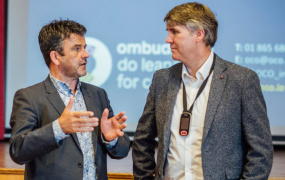Designing a Curriculum
Designing a Curriculum
What is curriculum design?
A curriculum is a blue print of your programme, detailing its purpose, what content you will teach and how you will teach and assess this.
There are different approaches to curriculum design. Two of these are:
- Discipline-centred - these approaches are focused on developing subject specific skills (Biggs, 2003)
- Learner-centred - these approaches are focused on developing skills in learning and the process of learning e.g. negotiated inquiry based or integrated curricula (Fung, 2017; Hunzicker, 2015)
Whether developing new programmes or revising existing programmes, we work with academic and professional staff to provide evidenced based approaches to curriculum design.
We will support you in:
- Identifying graduate attributes and outcomes for your programme
- Developing an educational philosophy for your programme
- Developing programme outcomes
- Identifying learning and assessment strategies and aligning these to your programme outcomes
(O Neill, 2015)
How we can help
- Consult with you on identifying the most appropriate curriculum design model for your program
- Guide you in developing accreditation documentation for your curriculum
- Provide workshops to your programme team in developing an educational philosophy, learning outcomes and learning and assessment strategies which are aligned to your programme
References
Fully downloadable e-book: O'Neill, G., (2015) Curriculum design in higher education: theory to practice.
Biggs, J., (2003). Aligning teaching for constructing learning. Higher Education Academy, 1(4).
Fung, D., (2017). A connected curriculum for higher education (pp. 1-182). UCL Press.
Hunzicker (2015) Negotiating Your Course Curriculum: What, How, When and Where?






